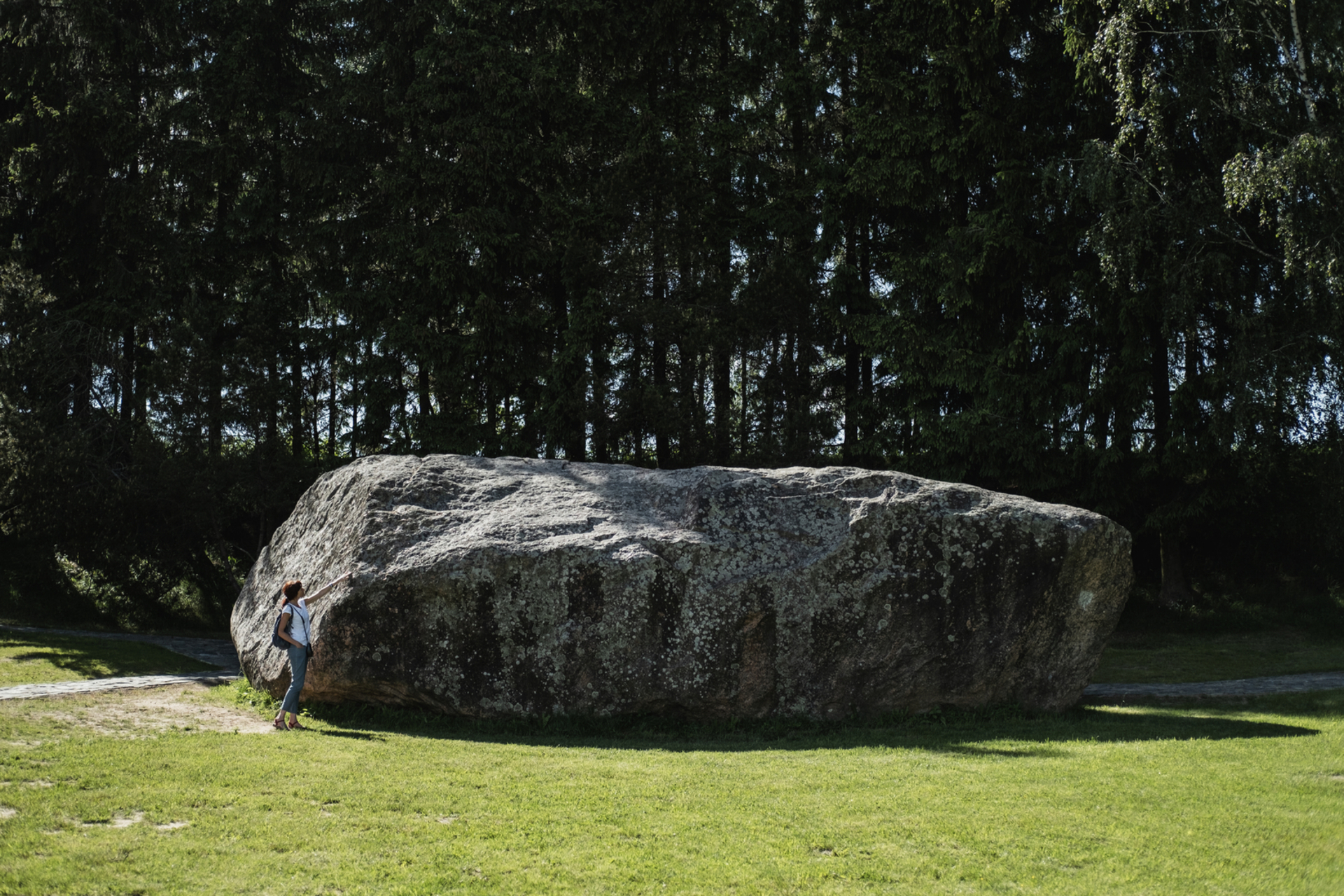Barstyčiai (Puokė) Stone

179

0

0
The Barstyčiai (Puokė) Stone is the largest boulder in Lithuania, measuring 13.4 meters in length, 3.6 meters in height, and 7.5 meters in width. Weighing approximately 680 tons, this boulder is considered a geological monument and is listed in the Lithuanian records book. The stone was discovered in 1957 when its top was noticed protruding from the ground. Local legends recount that in ancient times, there was a pagan sanctuary at this location, which was allegedly buried by an enraged Perkūnas (the god of thunder). Today, this unique geological monument is a popular tourist attraction, symbolizing traces of nature and history.
Info
-

Nature
-
Whats new?
Nearby attractions

 Entertainment
Entertainment
 Food establishments
Food establishments





























 56.19111, 21.90616
56.19111, 21.90616
 Get directions
Get directions










